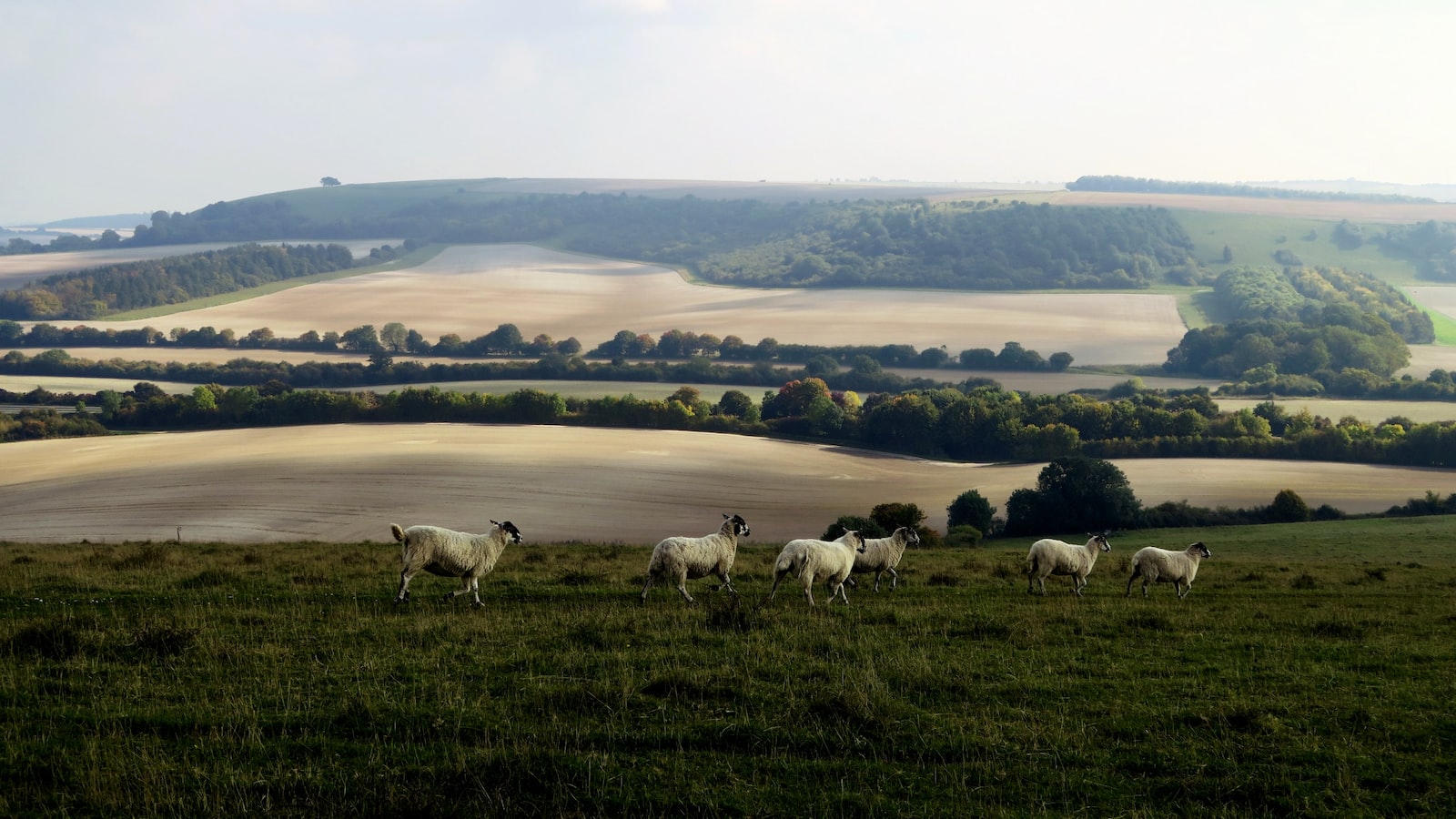Livestock producers are set to gain greater access to the pain relief products NumOcaine and Buccalgesic, used during castration, tail docking, and mulesing procedures.
Key points:
- TGA reclassifies the active constituents in pain relief products NumOcaine and Buccalgesic
- The interim decision means farmers will be able to buy the products without consulting a vet
- The Australian Veterinary Association plans to challenge the decision
An interim decision by the Therapeutic Goods Administration (TGA) to change the classification of the products means both products can now be sold at rural stores.
To this point, they have only been available through veterinarians and the Australian Veterinary Association says it plans to appeal the TGA decision citing concerns about misuse.
Steve Harrison, president of the Victorian Farmers Federation livestock group, said the TGA decision was good news for producers.
“I think it’s an encouraging decision because it gives producers that choice,” he said.
“I’d certainly encourage all farmers who are using these products for the first time to engage with their vets to use best practice, but the ones who have used these products before may have more options on price, for instance, or convenience.”
Mr Harrison said it was incumbent upon livestock producers to consider consumer expectations about animal welfare.
“If we can demonstrate that we have used pain relief, then we’re offering transparency because more and more consumers are concerned about animal welfare,” he said.
A spokesperson for the TGA said the decision to make NumOcaine and Buccalgesic more widely accessible was intended to increase uptake.
“These decisions were based on an assessment of the risks of increased access to [the active constituents] lidocaine and meloxicam for certain veterinary procedures weighed against the overall benefits,” they said.
Australian Veterinary Association opposed
Susan Swaney from the Australian Veterinary Association said it was a disappointing decision, and an appeal would be lodged.
“The problem with accessing these products so readily is that they may be misused,” she said.
“The use of them requires some understanding because there’s the potential for toxicity and some posterior paresis in lambs that are treated with [NumOcaine].
“That’s when the lambs will collapse in the back legs and be unable to walk. They do recover with time but it’s a case of caring for those animals once it has happened.”
Dr Swaney said there could also be issues when NumOcaine was used in combination with other products.
“I think veterinarians are best positioned to explain those details and ensure that farmers are using the best possible treatments for the prevention of pain,” she said.
“I think it’s really important they understand the potential for toxicity, particularly with [NumOcaine] used in combination with Tri-Solfen.”
Dr Swaney said potential lost revenue was not motivating vets to attempt to preserve exclusive distribution of the products.
“Of course vets will lose some revenue, but I don’t think that’s a big issue for vets. The big issue is ensuring animals are looked after the best possible way,” she said.
A TGA spokesperson said public comment on the interim decision would be accepted until September 15, and a final decision would be made in October.

